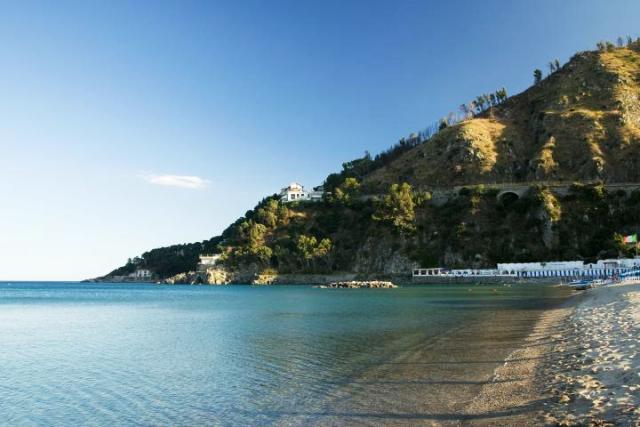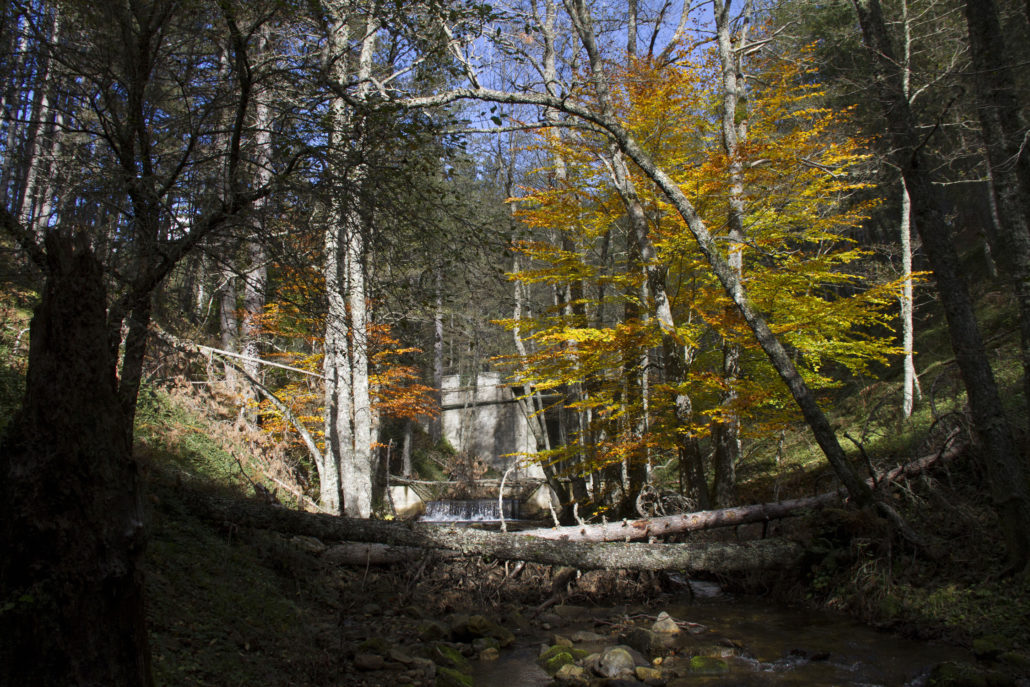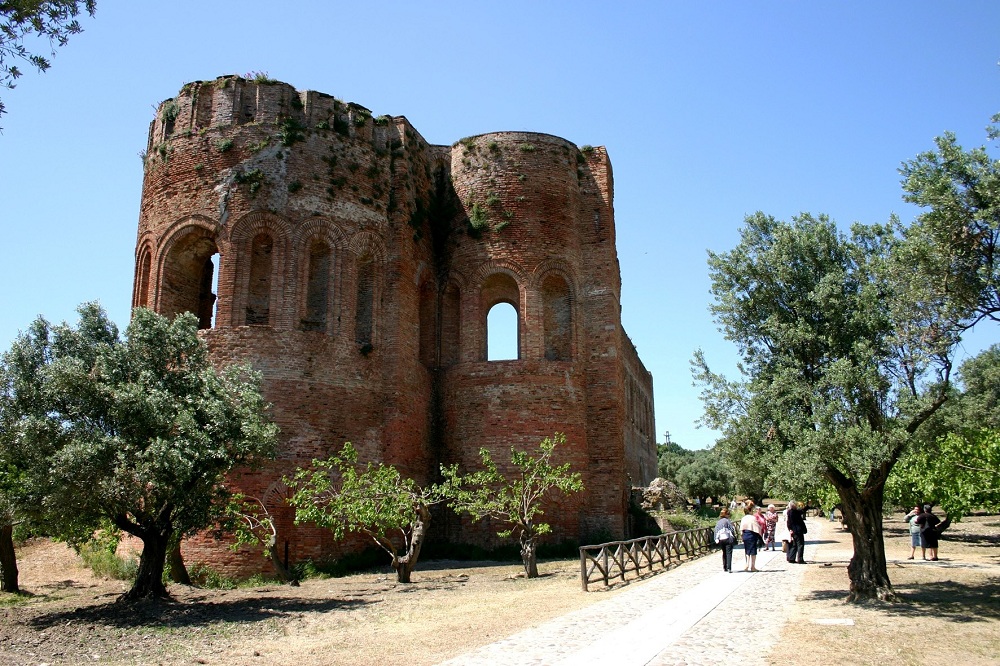Routes & Options to spend your time
B&B Casa Grande
Our Coasts
The Sea
Calabria, with its 780 km of coastline spread between the Ionian and Tyrrhenian Seas, has fine sandy beaches, cliffs but also an unspoiled nature. The natural bays, some of these accessible only by sea, are one of its characteristic features.
The Gulf of Squillace stretches from Isola Capo Rizzuto to Punta Stilo and includes the famous resorts of: Capo Colonna, Capo Rizzuto, Le Castella, Catanzaro lido, Squillace, Copanello and Soverato.
The beaches of Caminia Bay, Pietragrande and Soverato (Hippocampus Bay) are very picturesque, here the water is so clear that it looks transparent and reaches the sea after traveling along winding paths.
The Unsploiled Nature
The Mountains
Casa Grande B&B is also the best solution for nature lovers looking for a Bed and Breakfast in Catanzaro Lido: about an hour’s drive away, between the provinces of Crotone and Catanzaro, lies the Sila Piccola, the southernmost part of the Silan Plateau.
Sila is fascinating and picturesque among its many unspoiled river valleys, such as that of the Soleo stream and that of the Tacina river. Nature, outdoor sports, hiking and sightseeing: the Sila landscape provides excitement all year round.
From Magna Gracia to the present day
Art and Culture
Just 3 kilometers from Catanzaro Lido, in the center of the Gulf of Squillace, cradle of Magna Graecia, rises among the centuries-old olive trees an exclusive artistic-historical-cultural treasure: the Scolacium Park of Roccelletta di Borgia with the ruins of the Norman Basilica of Santa Maria della Roccella, the Roman Forum, the Roman Theatre, the Roman Amphitheatre and the Archaeological Museum.
The city of Catanzaro has both gardens, such as the Park of Mediterranean Biodiversity, the Pinewood and Botanical Garden Li Comuni and many villas, such as Villa Margherita.
Among the museums we recommend a visit to the MUSMI Museo Storico Militare and the MARCA – Museum of Modern and Contemporary Art in Catanzaro. And again, the Provincial Archaeological Museum, the Carriage Museum and the Jerace Plaster Gallery.
And finally not to be missed is the 15th-17th century Monumental Complex of San Giovanni, built on the remains of the Norman-Swabian Castle now home to the city’s main artistic and cultural activities.




